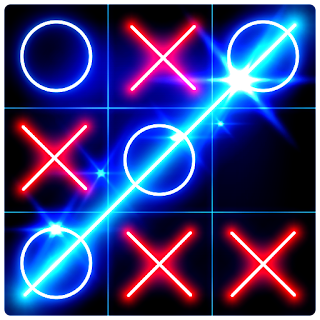Reading 8 Game Fun
Game Fun
 |
| Tic Tac Toe |
This week we read about how games and fun coincide. Youtuber The Game Over-analyser discusses what makes a game fun, is fun a naccassity in game making? and how our brains react to fun. He first talks about the book 'Theory of Fun' by Raph Koster. Raph states that game needs a rich possibility space for learning and should reveil infinite depth and that is what makes it fun. He used the example Tic tac Toe and Go. Tic Tac Toe is simple with limited amounts of outcomes this makes it less interesting compared to Go, a complex strategic game that requires more mental stimuli meaning there is more for us to learn from.
Koster says we as humans are a "pattern recognition species" and that we learn in chunks stored in various patterns in our brains.any new learning situation presented to the mind causes a dopamine rush, this is fun. Examples given were chess and poker. Chess teaches you strategy and oversight while poker teaches you probability and deception.Koster also says "fun is the feedback the brain gives us back when we are absorbing patterns for learning purposes" and games are essentially a creative art giving us the ability to learn new skills strategies and concepts.
Nicole Lazzaro CEO of xeogames conceptualised the four keys of fun. First easy fun,it inspires curiosity and roleplay easy fun is likely to explore fantasy and creativity. Next is hard fun, this focases more on stratagy and goals. Hard fun is more challanging leaving playerss with a sense of accomplishment . Serious fun,used for relaxation serious fun is repeitive and has rythem. Lastly Poeple fun is an amusing excuse to interact with other people in a cooperative of competitive way.
The video ends saying we should have a better understanding of fun, we have a sense of what it is but have not been able to articulate this mental response, in a clear and concise way, in conclusion we needto have a theory for fun.
Comments
Post a Comment